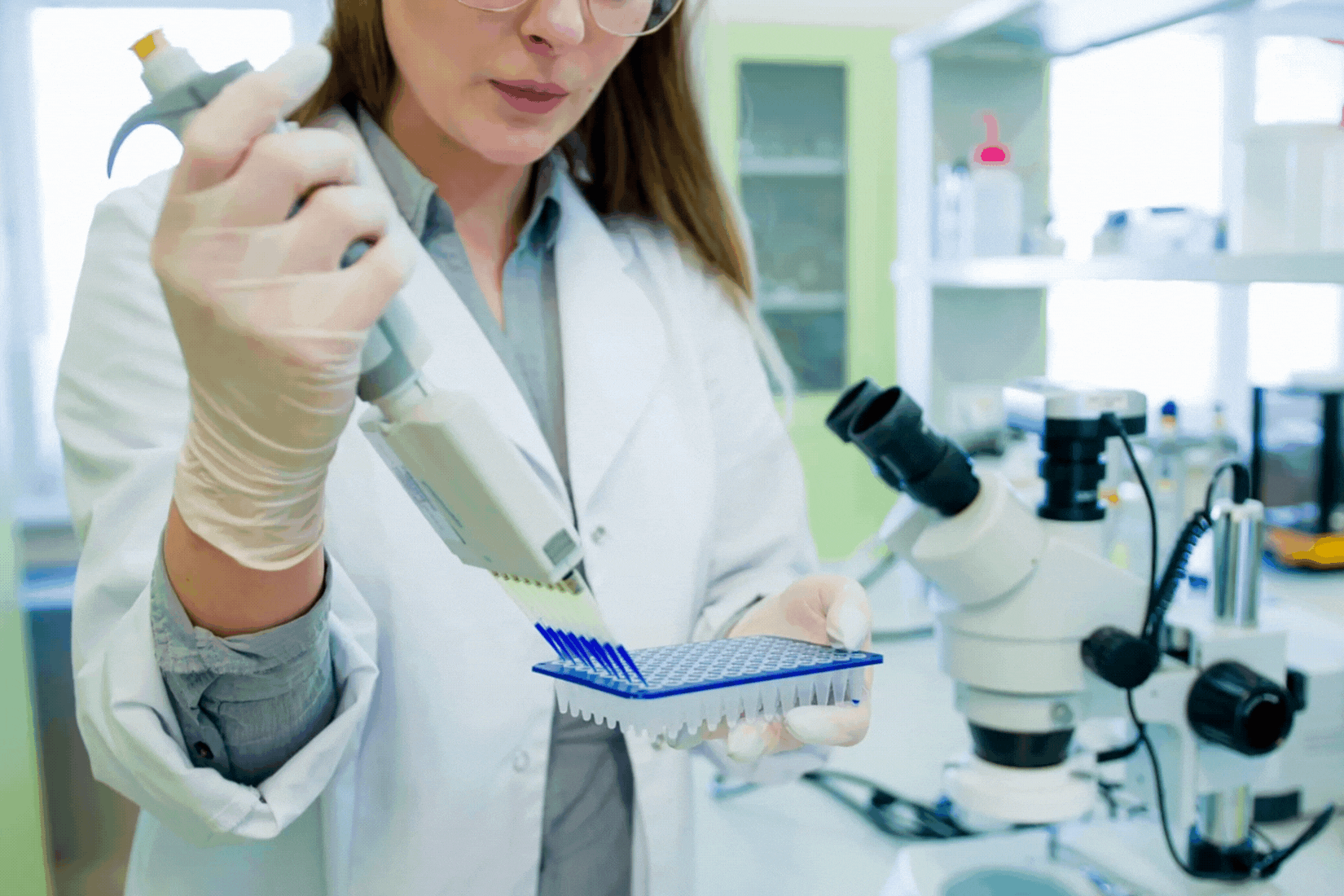qPCR and Cycle Threshold (Ct): Understanding the Core of Molecular Quantification
qPCR and Cycle Threshold (Ct)
What is qPCR (Quantitative Polymerase Chain Reaction)?
qPCR, or real-time PCR, is a molecular biology technique used to amplify and quantify DNA or RNA in real-time.
Unlike conventional PCR, qPCR uses fluorescent dyes or probes to monitor the accumulation of amplified products during each cycle.
This allows precise quantification of gene expression, viral load detection, and genetic mutation analysis.
How Does qPCR Work?
qPCR operates by cycling through denaturation, annealing, and extension steps while measuring fluorescence at each cycle.
The emitted fluorescence increases proportionally with the amount of amplified DNA, making it possible to calculate initial template concentration using the Ct (Cycle Threshold) value.

What is the Cycle Threshold (Ct) Value?
The Ct (Cycle Threshold) is the number of cycles required for the fluorescent signal to exceed the background noise.
It is inversely proportional to the amount of target nucleic acid in the sample the lower the Ct value, the higher the initial concentration of the target.
Example:

Low Ct (15–20):
High target quantity

Moderate Ct (25-30)
Medium target

High Ct (35–40):
Low target concentration or near detection limit
Applications of qPCR in Modern Science
qPCR has revolutionized molecular diagnostics, biotechnology, and medical research.
It is used in:
01

Infectious disease diagnostics
04

Genetic testing and mutation analysis

